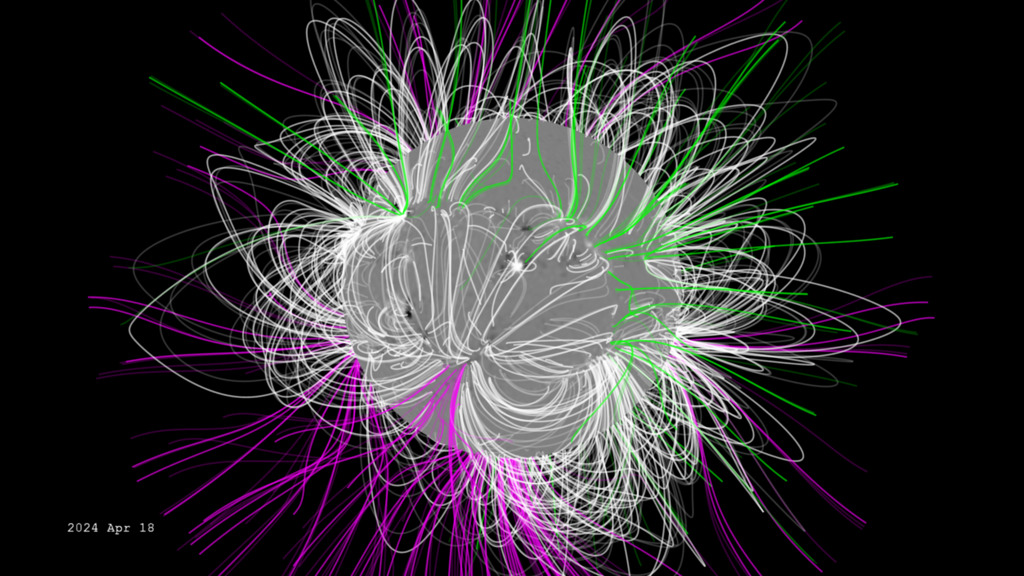The Unprecedented Speed of Past Reversals
A study by geophysicists from UC Berkeley and their Italian and French colleagues has shed new light on Earth's last major magnetic reversal. Occurring 786,000 years ago, the flip happened surprisingly fast—within less than a century.
Previously, scientists believed these reversals took thousands of years. Courtney Sprain, a UC Berkeley graduate student, remarked, "The paleomagnetic data are very well done.
Potential Impacts of a Sudden Flip

While past reversals have not been linked to any major catastrophes, a sudden flip could have significant implications today. The Earth's magnetic field shields life from harmful solar and cosmic radiation.
A weakening field could increase genetic mutations, potentially raising cancer rates. Additionally, a reversal could disrupt the electrical grid, leading to widespread power outages.
"We should be thinking more about what the biologic effects would be," noted Paul Renne, director of the Berkeley Geochronology Center.
The Role of Ancient Lake Sediments

The recent findings are based on the magnetic alignment found in ancient lake sediments in Italy's Sulmona basin. These sediments, interbedded with volcanic ash layers, provide a precise timeline of past magnetic changes.
By dating the ash layers using argon-argon dating, researchers pinpointed the reversal to approximately 786,000 years ago. This timeline is more accurate than previous estimates, which varied by as much as 25,000 years.
Understanding the Magnetic Flip Mechanism

The magnetic record reveals that the sudden 180-degree flip was preceded by a period of instability lasting over 6,000 years. This phase included two intervals of low magnetic field strength.
These fluctuations suggest that rapid changes in the field's orientation may have occurred during these intervals. Understanding these patterns could help scientists predict future reversals and their potential impacts.
Collaborative Efforts in Magnetic Research

The research team, led by Leonardo Sagnotti from Rome’s National Institute of Geophysics and Volcanology, employed a collaborative approach. By integrating paleomagnetic analysis with advanced dating techniques, they achieved groundbreaking results.
The collaboration between Italian, French, and American scientists highlights the importance of international cooperation in scientific research.
Implications for Modern Civilization

While it's uncertain whether a future magnetic reversal would be as rapid as the last, the possibility raises questions for modern society. Our reliance on electronic devices and electrical infrastructure makes us more vulnerable to magnetic disturbances.
Understanding the mechanisms behind these reversals is crucial for preparing for potential challenges.
Future Research Directions

Paul Renne and his team continue to explore the links between magnetic reversals and climate change. By correlating the lake sediment records with climate data, they aim to uncover new insights into Earth's magnetic history.
This ongoing research could provide valuable information for predicting future magnetic behavior.
Conclusion

The study of Earth's magnetic field and its potential flip within a human lifetime offers a fascinating glimpse into our planet's dynamic history. As scientists continue to unravel the mysteries of magnetic reversals, their findings could have significant implications for our understanding of Earth's future.
What do you think about this topic? Share your thoughts in the comments below — we'd love to hear from you! Want more stories like this? Follow us and never miss out!

